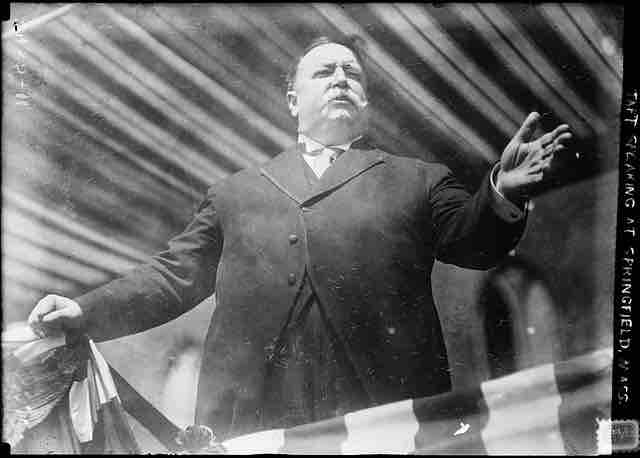Your Introduction: Set the Tone for Your Speech

Aziza Brahim & Memona Mohamed during a press conference presentation of the movie "Wilaya", at the 10th Human Rights film festival in San Sebastian, Spain.
Your introduction will set the tone for the rest of your speech.
"Begin at the beginning. " While this might be a line from the fantastical world of Lewis Carroll's Alice in Wonderland, it's an excellent piece of advice when thinking about the introduction to your speech. The introduction is the first part of your speech that will ultimately set the tone for the rest of your speech.
With the introduction, you have the power to capture your audience's attention and interest while simultaneously giving them an understanding of what they're about to hear for the next five, ten or even sixty minutes. An introduction can make or break a speech, because if you can't capture your audience's attention right at the beginning, how will they possibly remain interested for the duration of your speech?
Capture Your Audience's Attention
When crafting your speech, you'll want to select an attention-getter to use in your introduction to instantly capture your audience's attention right from the beginning of your speech. There are a variety of attention-getting techniques you can use, including humor, sharing an anecdote or quotation, or referencing historical or current events.
Using references is a simple and effective way to grab your audience's attention. You may make reference to the event at which you're speaking or share a personal reference to the topic about which you're speaking. It's important to remember that you want to select an attention-getter that is appropriate to your topic, your audience and the venue or occasion at which you are speaking.
State Your Purpose
When beginning your speech and as you capture your audience's attention, you'll want to express exactly why they should listen to you. You may be giving a speech arguing a certain point. You might be giving an informational speech about a specific topic. Your speech could even be spoken at a special event such as an awards banquet, wedding or political event. Regardless of the context of your speech, it is important to establish the purpose of your speech to your audience so your audience knows why they should listen to you.
Your introduction is not just an introduction of about what you plan to speak, but an introduction of who you are and why you are the appropriate individual to speak about your subject. In some speeches, you may be preceded by someone who will introduce you to your audience. If not, it's important to establish your credibility and authority as the speech-giver to your audience.
Outline Your Agenda
It is helpful for your audience to know about what you plan to speak. Use your introduction as an opportunity to share your train of thought with your audience. You don't have to break your speech organization down into minute detail; that's what the body of your speech will accomplish. Give your audience an overview of your main points so they have an idea of what to expect as your continue with your speech.
Writing Your Introduction
As counterintuitive as this may seem, you actually want to write your introduction last. Since the introduction is often used as an outline for the key points of your speech, it's helpful to have written the entire speech to be able to distill your speech into its major points and arguments. Once you have your entire speech written minus your introduction, it's much easier to see just which points emerge as your major points.
You'll also want to make sure that you write your introduction word for word. While extemporaneous speeches don't give you this kind of freedom, writing your introduction verbatim, or word for word, is vital for any prepared remarks. By writing it down word for word, you can quickly see if you've left out any of your major points as you set up your speech outline. You can also see if you have the right attention-getter suitable to your topic, audience and venue. Finally, since your introduction sets the tone for the rest of your speech, preparing it word for word allows you to begin your speech with confidence.

.President William Howard Taft introducing the Springfield Municipal Group in Springfield, Massachusetts.
Your introduction should immediately capture your audience's attention and interest.